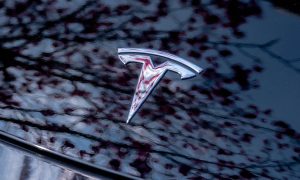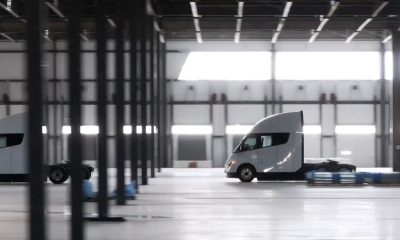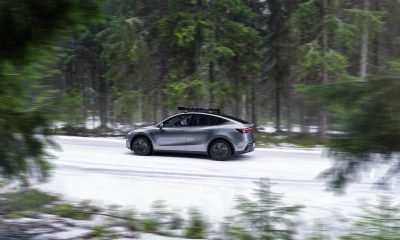

News
Elon Musk is not getting White House invites because advisors fear he might embarrass Biden: report
Recent reports have indicated that there might be a reason why Tesla CEO Elon Musk is not being invited to electric vehicle-focused White House events. As it turns out, Biden’s advisors are quite hesitant to invite the Tesla CEO since they are concerned that Musk might do or say something that might embarrass the US President and his administration.
The insights were recently shared by CNBC, which was able to get comments from both Elon Musk and people reportedly familiar with the Biden administration’s stance on the CEO. Citing over half a dozen people who are familiar with the matter — all of which opted remain anonymous — the publication noted that Biden’s advisors are privately pushing back against inviting Musk to future industry events.
When asked about the administration’s concerns, Musk reportedly sent CNBC an initial reply featuring two “rolling on the floor laughing” emojis. Following this classic Musk response, the Tesla CEO noted that the Biden administration’s concerns are largely unfounded. “They have nothing to worry about. I would do the right thing,” Musk wrote.
While Musk maintained that the idea of a feud between him and Biden is not really that accurate, the US President’s hesitation in mentioning Tesla when discussing America’s EVs — at least until recently — was very notable. This became quite evident when General Motors, a company that Biden deemed as a leader in EVs, delivered a measly 26 electric cars in the fourth quarter of 2021. Tesla delivered over 300,000.
“The notion of a feud is not quite right. Biden has pointedly ignored Tesla at every turn and falsely stated to the public that GM leads the electric car industry, when in fact Tesla produced over 300,000 electric vehicles last quarter and GM produced 26… It got to the point, hilariously, where no one in the administration was even allowed to say the word ‘Tesla’! The public outrage and media pressure about that statement forced him to admit that Tesla does, in fact, lead the EV industry. I wouldn’t exactly call that ‘praise,’” Musk wrote in an email to the publication.
Overall, the White House’s hesitation in inviting Elon Musk to White House events seems to stem from a place of misinformation. Musk, after all, is assertive and bold on Twitter, but he has attended numerous high-profile events in the past without making a fool of himself. In a way, this is the problem when a constant stream of negativity is directed towards a person. Eventually, a picture is painted that depicts the individual as a cartoon villain that is out of control. This is a narrative that, to a point, has been directed at Musk over the years. Coupled with Tesla’s tendency to mostly stay silent when criticized, such a narrative has allowed a vastly misinformed take on Musk to become the norm.
Interestingly enough, Musk actually has supported the president in the past. Prior to Biden taking office as the new US President, Musk noted that he was optimistic about the upcoming administration’s focus on climate change. Musk also lobbied for a carbon tax, though he later noted that he was informed by Biden and his team that a carbon tax was “too politically difficult” to implement. It took some time before Musk admitted that the Biden administration was “not the friendliest administration,” and it took even more time before the CEO’s sharp comments on Twitter against the President started. This, unfortunately, is something that has been lost in the Musk vs. Biden mainstream narrative.
Ultimately, however, the Biden administration is changing. The US President actually mentioned Tesla recently, showing that he at least publicly acknowledges the company’s efforts. A White House spokesperson also praised the EV maker in an email to CNBC, noting that “Tesla has done extraordinary things for electric vehicles, and that’s a big part of why the whole industry now knows EVs are the future.” Comments such as these seemed almost impossible to secure just a few months ago.
Don’t hesitate to contact us with news tips. Just send a message to simon@teslarati.com to give us a heads up.
News
Tesla cleared in Canada EV rebate investigation
Tesla has been cleared in an investigation into the company’s staggering number of EV rebate claims in Canada in January.
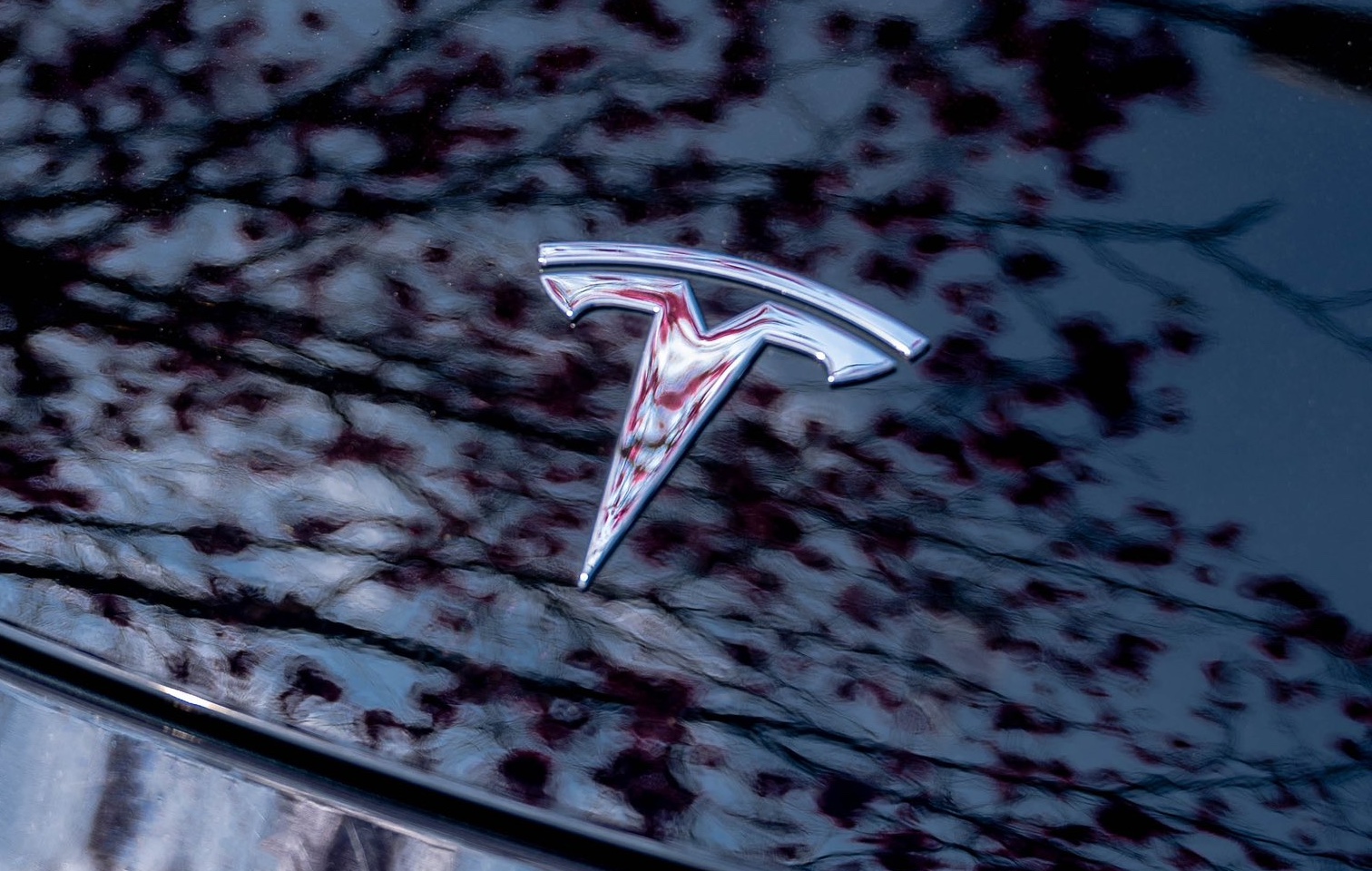
Canadian officials have cleared Tesla following an investigation into a large number of claims submitted to the country’s electric vehicle (EV) rebates earlier this year.
Transport Canada has ruled that there was no evidence of fraud after Tesla submitted 8,653 EV rebate claims for the country’s Incentives for Zero-Emission Vehicles (iZEV) program, as detailed in a report on Friday from The Globe and Mail. Despite the huge number of claims, Canadian authorities have found that the figure represented vehicles that had been delivered prior to the submission deadline for the program.
According to Transport Minister Chrystia Freeland, the claims “were determined to legitimately represent cars sold before January 12,” which was the final day for OEMs to submit these claims before the government suspended the program.
Upon initial reporting of the Tesla claims submitted in January, it was estimated that they were valued at around $43 million. In March, Freeland and Transport Canada opened the investigation into Tesla, noting that they would be freezing the rebate payments until the claims were found to be valid.
READ MORE ON ELECTRIC VEHICLES: EVs getting cleaner more quickly than expected in Europe: study
Huw Williams, Canadian Automobile Dealers Association Public Affairs Director, accepted the results of the investigation, while also questioning how Tesla knew to submit the claims that weekend, just before the program ran out.
“I think there’s a larger question as to how Tesla knew to run those through on that weekend,” Williams said. “It doesn’t appear to me that we have an investigation into any communication between Transport Canada and Tesla, between officials who may have shared information inappropriately.”
Tesla sales have been down in Canada for the first half of this year, amidst turmoil between the country and the Trump administration’s tariffs. Although Elon Musk has since stepped back from his role with the administration, a number of companies and officials in Canada were calling for a boycott of Tesla’s vehicles earlier this year, due in part to his association with Trump.
News
Tesla Semis to get 18 new Megachargers at this PepsiCo plant
PepsiCo is set to add more Tesla Semi Megachargers, this time at a facility in North Carolina.
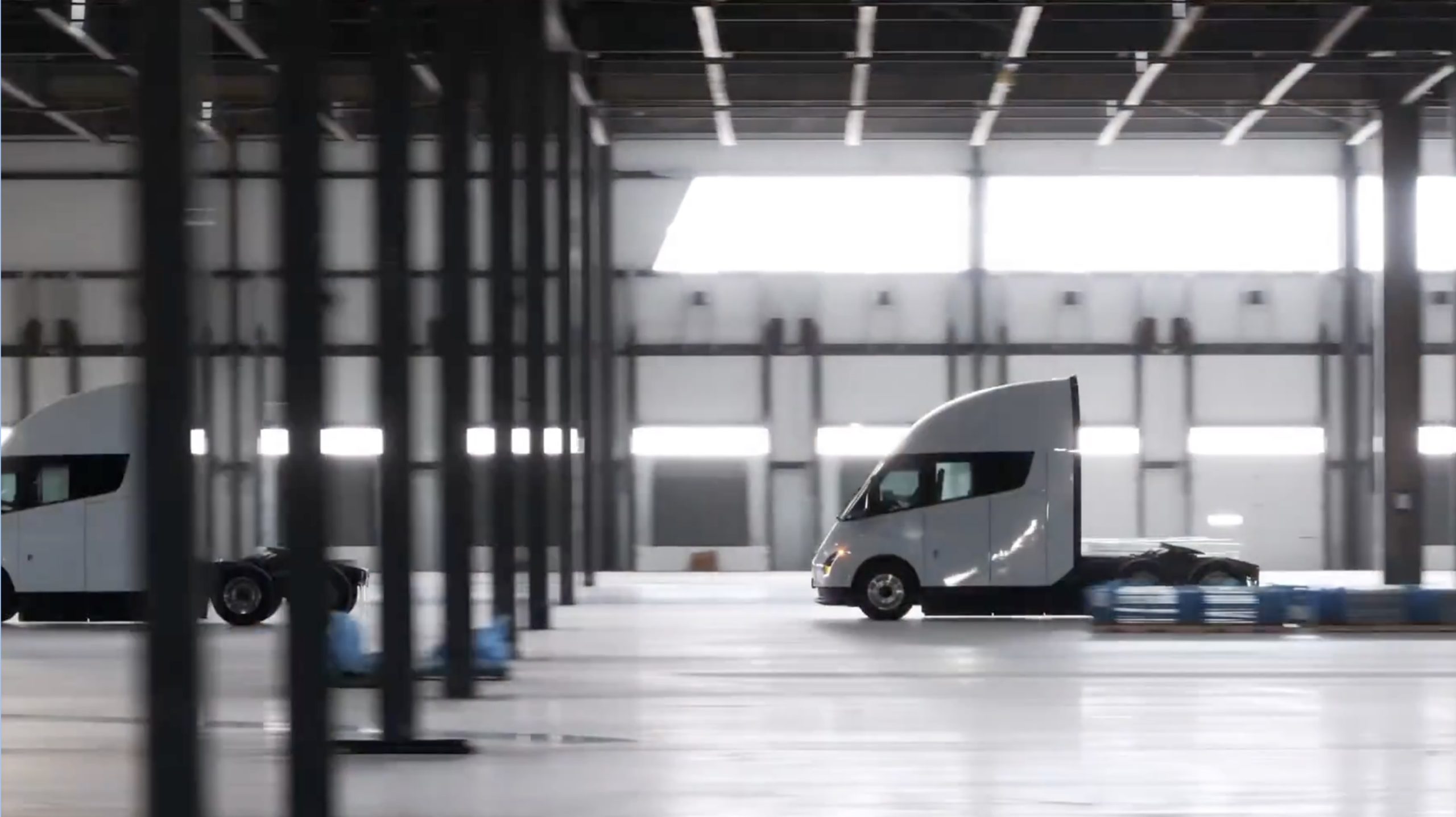
Tesla partner PepsiCo is set to build new Semi charging stations at one of its manufacturing sites, as revealed in new permitting plans shared this week.
On Friday, Tesla charging station scout MarcoRP shared plans on X for 18 Semi Megacharging stalls at PepsiCo’s facility in Charlotte, North Carolina, coming as the latest update plans for the company’s increasingly electrified fleet. The stalls are set to be built side by side, along with three Tesla Megapack grid-scale battery systems.
The plans also note the faster charging speeds for the chargers, which can charge the Class 8 Semi at speeds of up to 1MW. Tesla says that the speed can charge the Semi back to roughly 70 percent in around 30 minutes.
You can see the site plans for the PepsiCo North Carolina Megacharger below.
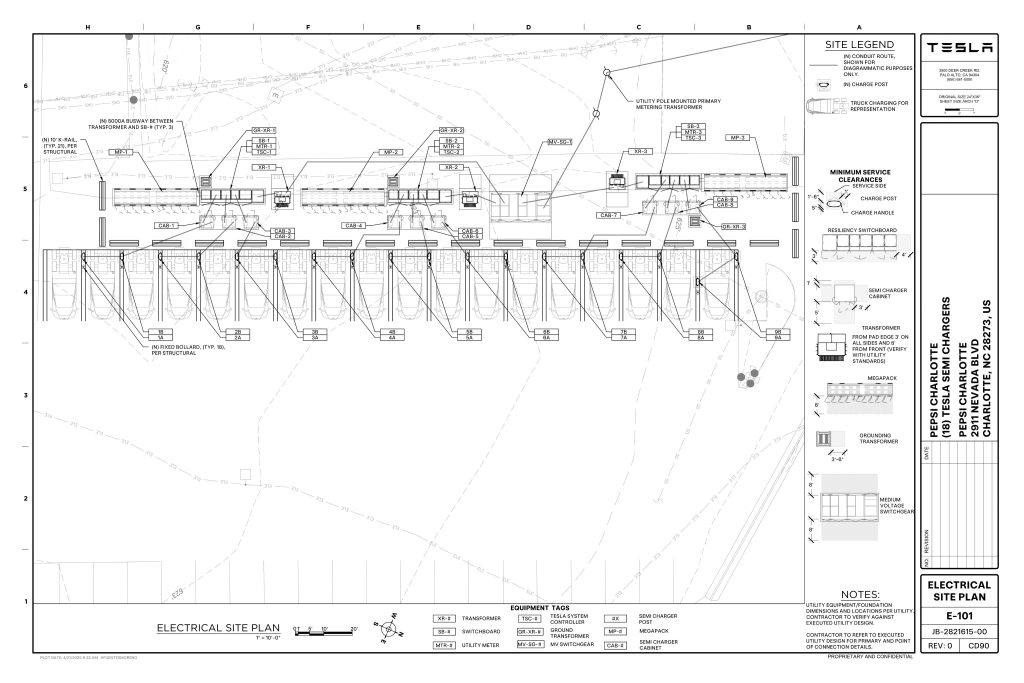
Credit: PepsiCo (via MarcoRPi1 on X)
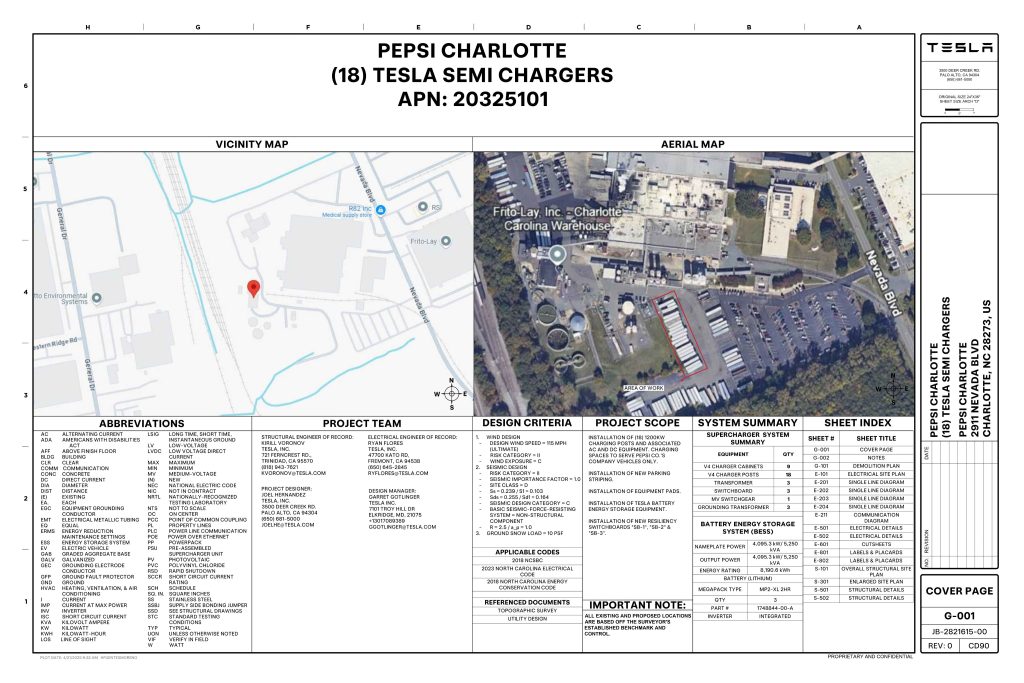
Credit: PepsiCo (via MarcoRPi1 on X)
READ MORE ON THE TESLA SEMI: Tesla to build Semi Megacharger station in Southern California
PepsiCo’s Tesla Semi fleet, other Megachargers, and initial tests and deliveries
PepsiCo was the first external customer to take delivery of Tesla’s Semis back in 2023, starting with just an initial order of 15. Since then, the company has continued to expand the fleet, recently taking delivery of an additional 50 units in California. The PepsiCo fleet was up to around 86 units as of last year, according to statements from Semi Senior Manager Dan Priestley.
Additionally, the company has similar Megachargers at its facilities in Modesto, Sacramento, and Fresno, California, and Tesla also submitted plans for approval to build 12 new Megacharging stalls in Los Angeles County.
Over the past couple of years, Tesla has also been delivering the electric Class 8 units to a number of other companies for pilot programs, and Priestley shared some results from PepsiCo’s initial Semi tests last year. Notably, the executive spoke with a handful of PepsiCo workers who said they really liked the Semi and wouldn’t plan on going back to diesel trucks.
The company is also nearing completion of a higher-volume Semi plant at its Gigafactory in Nevada, which is expected to eventually have an annual production capacity of 50,000 Semi units.
Tesla executive teases plan to further electrify supply chain
News
Tesla sales soar in Norway with new Model Y leading the charge
Tesla recorded a 54% year-over-year jump in new vehicle registrations in June.
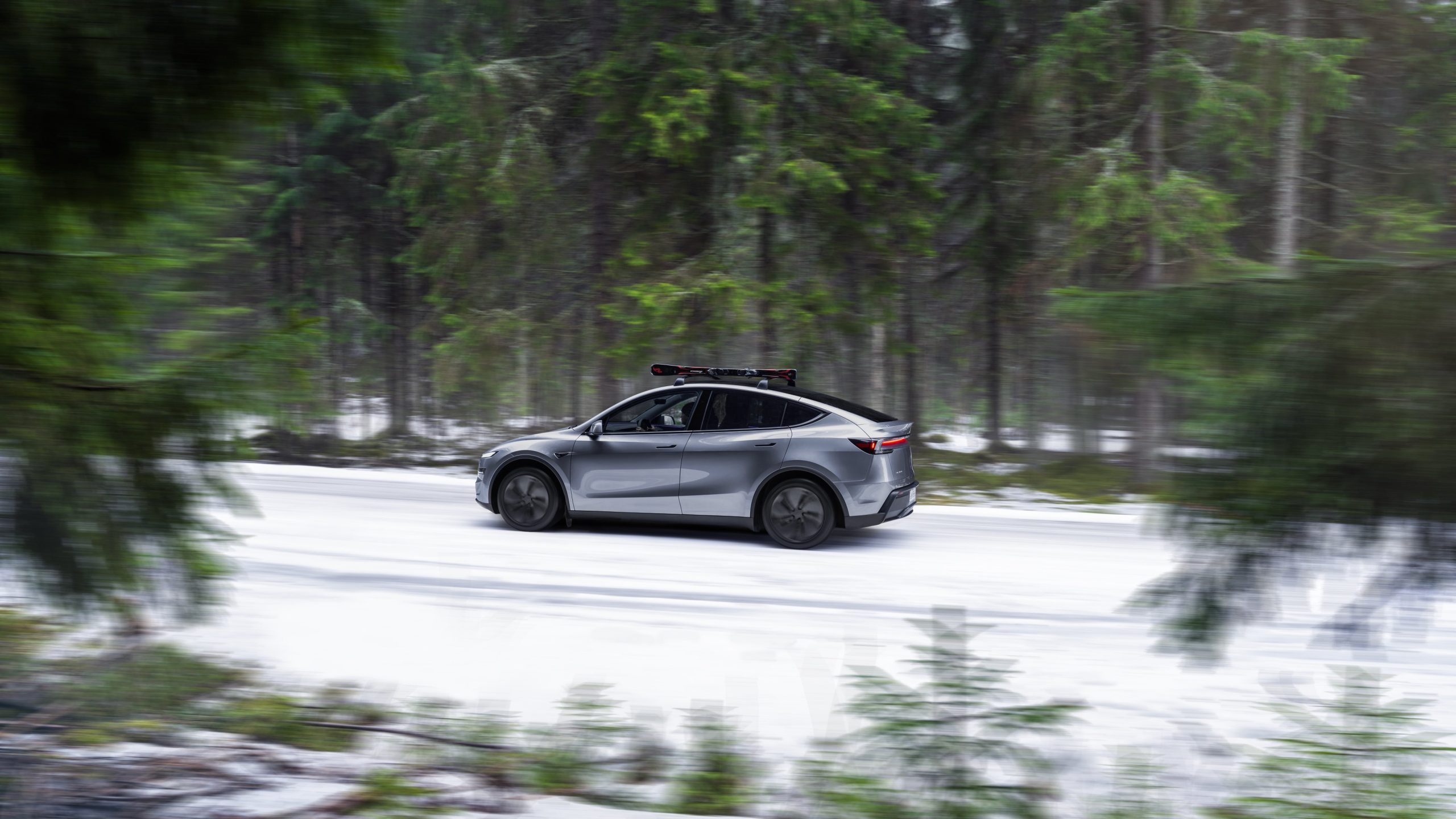
Tesla is seeing strong momentum in Norway, with sales of the new Model Y helping the company maintain dominance in one of the world’s most electric vehicle-friendly markets.
Model Y upgrades and consumer preferences
According to the Norwegian Road Federation (OFV), Tesla recorded a 54% year-over-year jump in new vehicle registrations in June. The Model Y led the charge, posting a 115% increase compared to the same period last year. Tesla Norway’s growth was even more notable in May, with sales surging a whopping 213%, as noted in a CNBC report.
Christina Bu, secretary general of the Norwegian EV Association (NEVA), stated that Tesla’s strong market performance was partly due to the updated Model Y, which is really just a good car, period.
“I think it just has to do with the fact that they deliver a car which has quite a lot of value for money and is what Norwegians need. What Norwegians need, a large luggage space, all wheel drive, and a tow hitch, high ground clearance as well. In addition, quite good digital solutions which people have gotten used to, and also a charging network,” she said.
Tesla in Europe
Tesla’s success in Norway is supported by long-standing government incentives for EV adoption, including exemptions from VAT, road toll discounts, and access to bus lanes. Public and home charging infrastructure is also widely available, making the EV ownership experience in the country very convenient.
Tesla’s performance in Europe is still a mixed bag, with markets like Germany and France still seeing declines in recent months. In areas such as Norway, Spain, and Portugal, however, Tesla’s new car registrations are rising. Spain’s sales rose 61% and Portugal’s sales rose 7% last month. This suggests that regional demand may be stabilizing or rebounding in pockets of Europe.
-

 Elon Musk2 weeks ago
Elon Musk2 weeks agoTesla investors will be shocked by Jim Cramer’s latest assessment
-

 Elon Musk2 days ago
Elon Musk2 days agoxAI launches Grok 4 with new $300/month SuperGrok Heavy subscription
-

 Elon Musk4 days ago
Elon Musk4 days agoElon Musk confirms Grok 4 launch on July 9 with livestream event
-

 News1 week ago
News1 week agoTesla Model 3 ranks as the safest new car in Europe for 2025, per Euro NCAP tests
-

 Elon Musk2 weeks ago
Elon Musk2 weeks agoA Tesla just delivered itself to a customer autonomously, Elon Musk confirms
-

 Elon Musk1 week ago
Elon Musk1 week agoxAI’s Memphis data center receives air permit despite community criticism
-

 News2 weeks ago
News2 weeks agoXiaomi CEO congratulates Tesla on first FSD delivery: “We have to continue learning!”
-

 News2 weeks ago
News2 weeks agoTesla sees explosive sales growth in UK, Spain, and Netherlands in June


